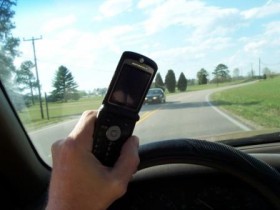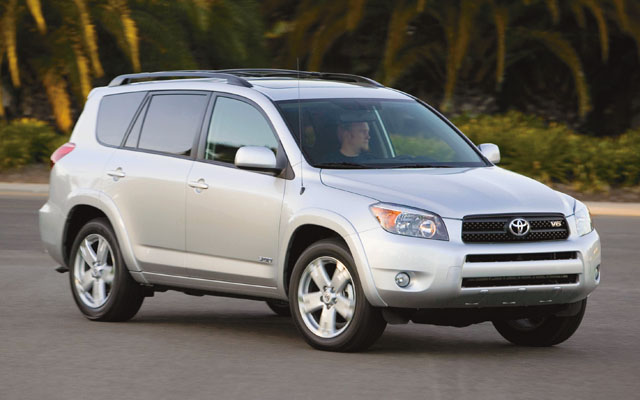In most states, including
Texas, it is mandatory for drivers to be insured for car accidents they cause (referred to as minimum liability coverage). However, most drivers' experiences confirm the necessity of having additional insurance coverages to not only protect themselves from being sued for accidents they cause, but also to avoid paying out-of-pocket when a driver who caused an accident either had no insurance or insufficient insurance to cover their injuries and damages.
In Texas there are actually 8 different types of auto insurance coverages you can purchase, each with different limits of coverages. In fact, the Texas legislature has deemed Personal Injury Protection and Uninsured/Underinsured Motorist coverages so important that if a consumer does not want those types of coverage the consumer must specifically reject those coverages in writing.
It is not only important for you to be familiar with the types of coverage you have purchased and their limits, but also to be familiar with the coverages you have rejected, as well as any endorsements and exclusions which further limit your coverage.
In addition to basic liability coverage, most drivers should consider purchasing the following types of insurance:
1. Medical Payments Coverage
What it pays: Your medical and funeral bills resulting from accidents, including those in which the other person is a pedestrian or bicyclist.
Who it covers: You, your family members, and passengers in your car, regardless of who caused the accident.
2. Personal Injury Protection (PIP) Coverage
What it pays: Same as medical payments coverage, plus 80 percent of lost income and the cost of hiring a caregiver for an injured person.
Who it covers: You, your family members, and passengers in your car, regardless of who caused the accident.
An insurance company must offer you $2,500 in PIP, but you can buy more. If you don’t want PIP, you must reject it in writing.
3. Uninsured/Underinsured Motorist (UM/UIM) Coverage
What it pays: Your expenses from an accident caused by an uninsured motorist or a motorist who did not have enough insurance to cover your bills, up to your policy’s dollar limits. Also pays for accidents caused by a hit-and-run driver if you reported the accident promptly to police.
- Bodily injury UM/UIM pays without deductibles for medical bills, lost wages, pain and suffering, disfigurement, and permanent or partial disability.
- Property damage UM/UIM pays for auto repairs, a rental car, and damage to items in your car. There is an automatic $250 deductible, which means you must pay the first $250 of the repairs yourself.
Who it covers: You, your family members, passengers in your car, and others driving your car with your permission.
Insurers must offer UM/UIM coverage. If you don’t want it, you must reject it in writing.
4. Collision (Damage to Your Car) Coverage (If you still owe money on your car, your lender will require you to maintain collision and comprehensive coverages.)
What it pays: The cost of repairing or replacing your car after an accident. Payment is limited to your car’s actual cash value, minus your deductible. Actual cash value is the market value of a car like yours without damages.
Who it covers: You, your family members, passengers in your car, and others driving your car with your permission.
5. Comprehensive (Physical Damage Other than Collision) Coverage
What it pays: The cost of replacing or repairing your car if it is stolen or damaged by fire, vandalism, hail, or a cause other than a collision. Comprehensive coverage also pays for a rental car or other temporary transportation if your car is stolen. Your policy won’t pay for an auto theft unless you report it to police. Payment is limited to your car’s actual cash value, minus your deductible.
If you still owe money on your car, your lender will require you to have collision and comprehensive coverage.




